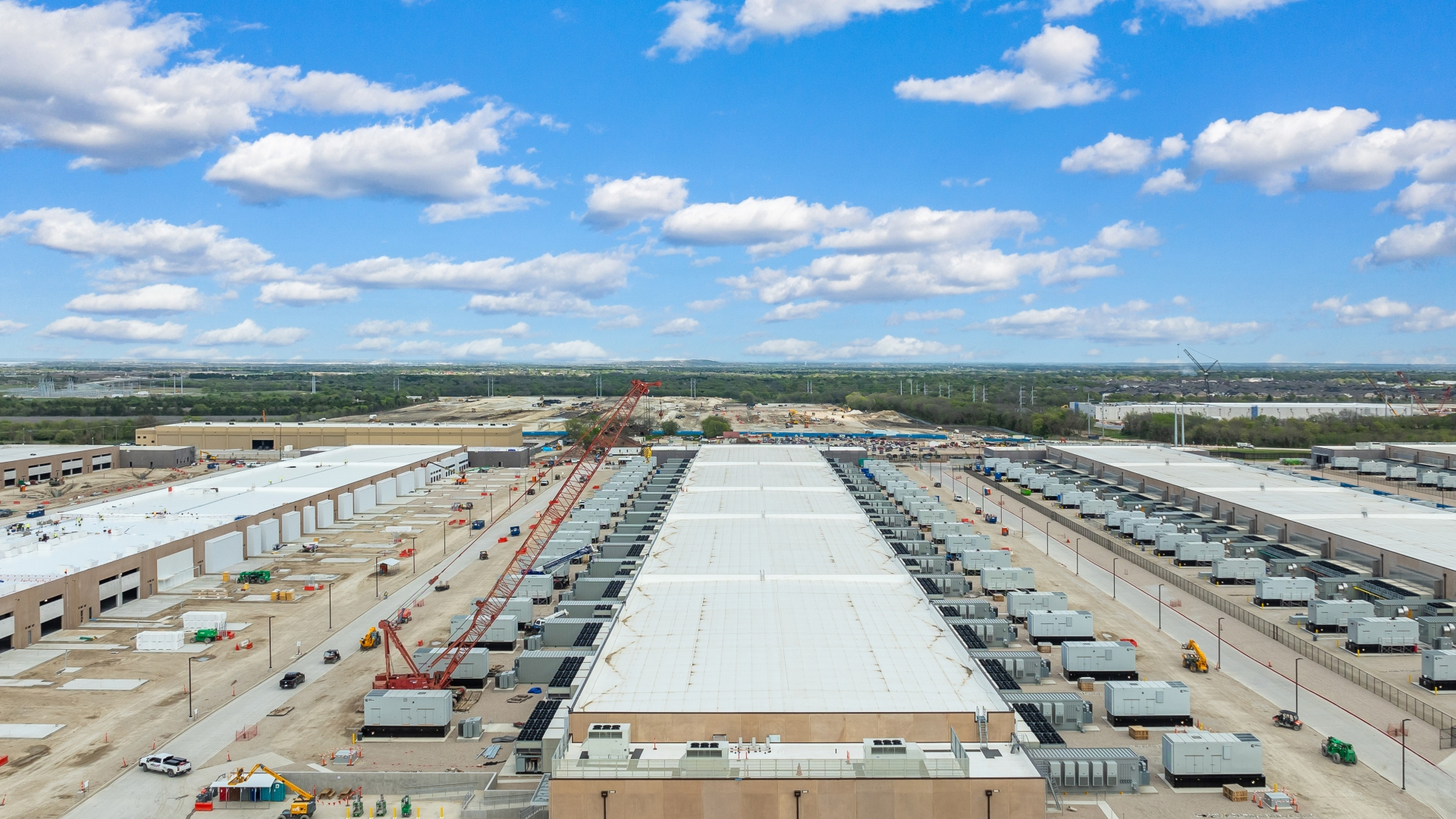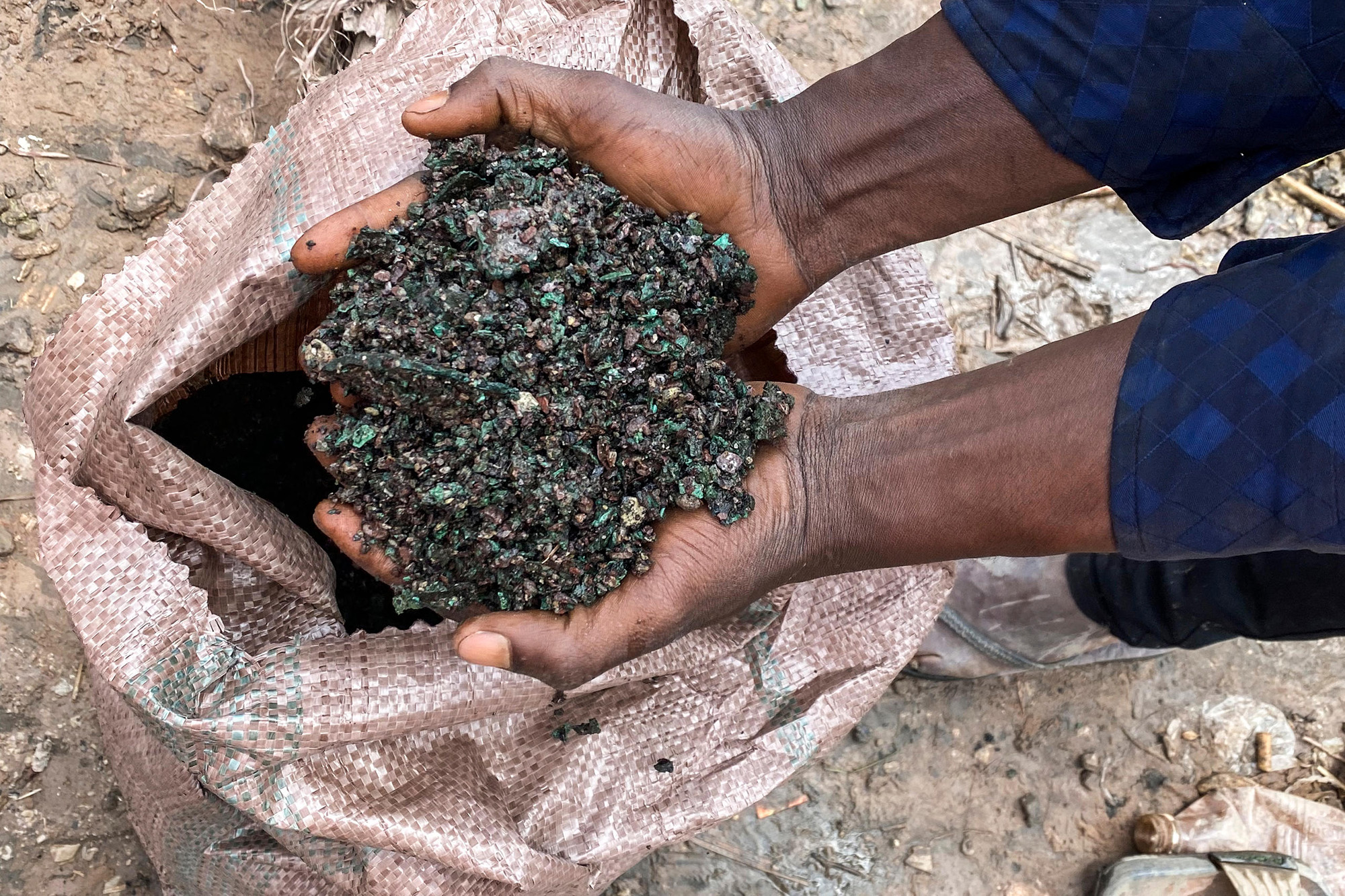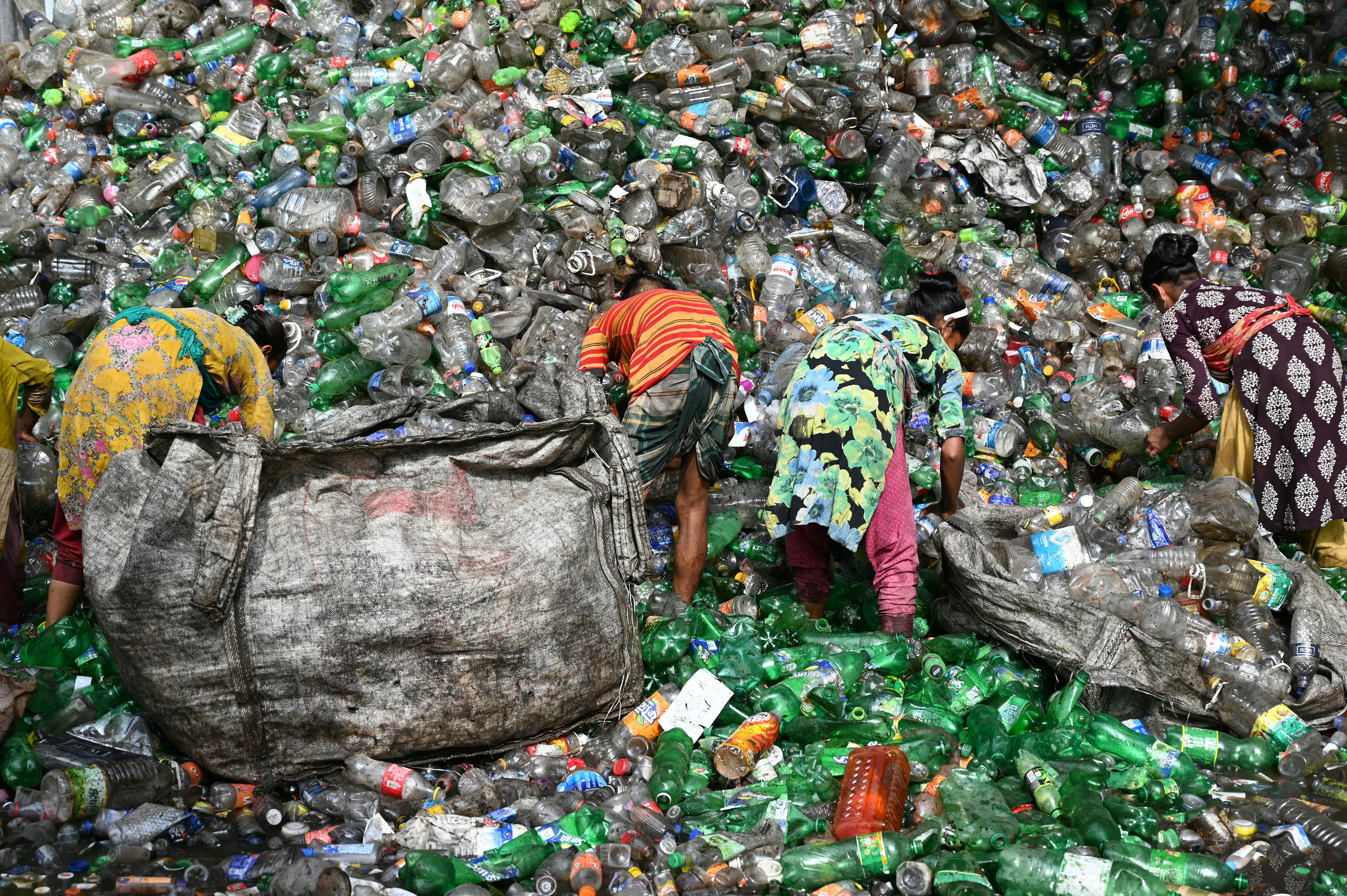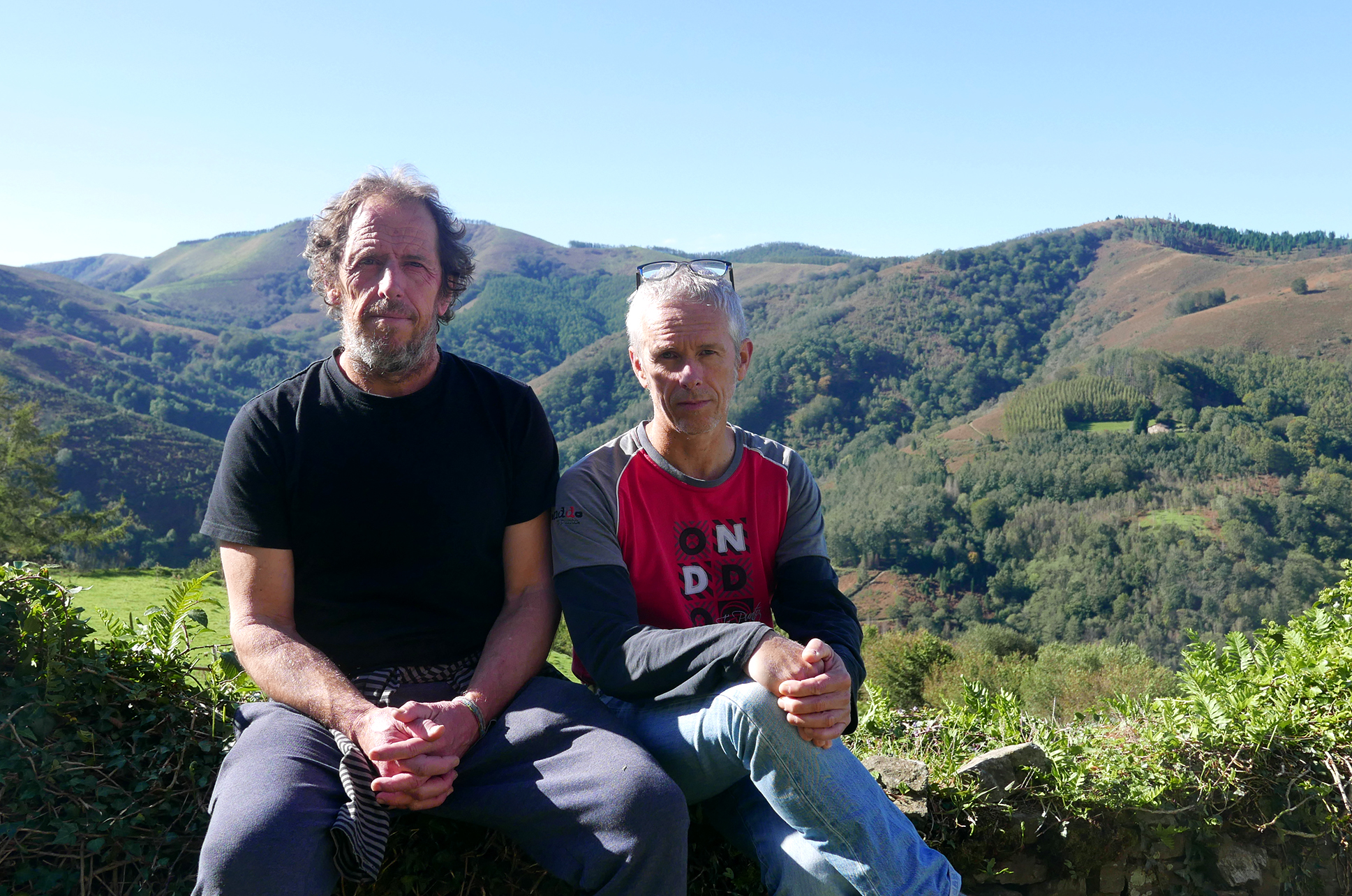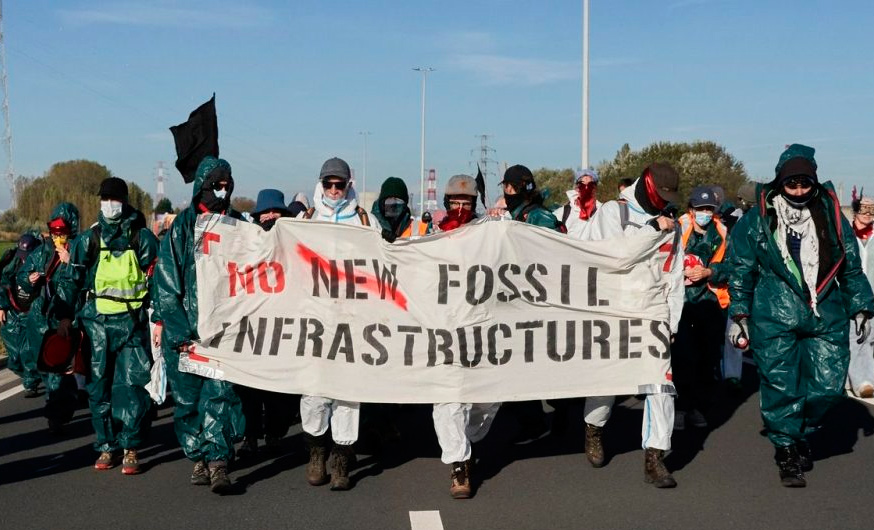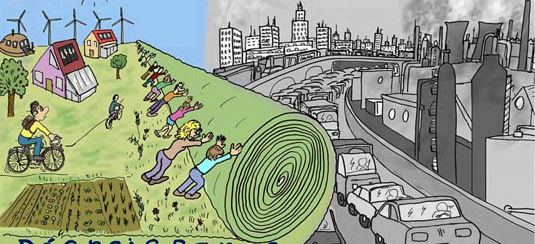Navarro energy plan that does not plan and benefits large companies
- The Government of Navarre has presented a participatory process which will end on the 30th to discuss the draft of the new Navarre Energy Plan. This process has lasted just over a month and a half to analyse a 600-page document and present contributions and allegations to it. The outline of this extensive document, which closely resembles the current energy plan, includes chapters devoted to electricity production, wind power, biomass generation, electricity and gas supply networks, mobility and their relationship with energy, and finally to energy communities and self-consumption.

At the beginning of the Plan, we can see that the policies implemented in recent years to reduce greenhouse gas emissions have failed, despite the increase in renewable power and energy efficiency in Navarra. Even knowing this information, the draft of the plan is committed to a continuing trend, without analyzing the reasons why these emissions are maintained, the sectors or actions in which they occur, or the radical measures to be taken to reduce them.
In addition, this plan does not plan nada.Cede for oligopoly and large companies that continue to open to demand and accumulate large profits as energy poverty becomes widespread. All this prevents the implementation of a democratic, public, universal, decentralised and decentralised energy model.
A detailed reading of the draft suggests that the core of this plan focuses on the promotion of new infrastructures, focusing on all types of energy production and without taking into account the impacts it generates. Thus, the chapter on wind energy reads: "The objective is not to establish a maximum power, but to process and implement projects that meet the established needs. The final renewable generation power of 2,700 MW, which represents a 50% increase in current power, is considered feasible.”
It is therefore evident that the proposals of wind macro-plants that companies have submitted to date far exceed what is proposed by the government itself in its development planning until 2030, the final date of the plan. That is why the Government of Navarre refuses to plan anything about wind power and formalizes the policy of 'letting industry do' so far. Companies are the ones that are actually “planning” in Navarra, clearly following their own interests. Our forests and lands are being filled with energy infrastructures, with serious negative impacts on biodiversity they bring (thousands of birds caused by wind forests are just one example) and food sovereignty (as is the case with large photovoltaic polygons in the growing areas).
"The Government of Navarre refuses to plan anything on wind and formalizes the policy of 'letting industry do' so far"
Something similar happens with the draft chapter on energy infrastructure. We know that the Plan studies power lines for transport and supply, but it does not offer any kind of paragadore to the lines used to evacuate energy generated by renewable energy macropolygons. Unfortunately, we know that these evacuation lines can be larger and more impactful than conventional power lines over long distances. Examples of this are the lines that the company Forestalia uses to transport "renewable" energy from Aragon to Navarre and the Basque Country, with long power lines that cross the entire community.
The same applies to the Castejón thermal power stations, for which nothing is planned either. They are facilities that, as you know, have been declared illegal by various courts (judgments we mentioned in the allegations made to the previous Plan) and yet they continue to operate. As has happened since its construction, they did not even appear in the current Navarre Energy Plan, since then the Government of Navarra has not decided anything and has only allowed companies to 'do', which have made huge profits in the use of illegal infrastructures.
The chapter on “sustainable mobility” should in itself be “electric car”, as its greatest interest lies in promoting this private means of transport. It does not take any action to prevent excessive mobility in today’s society. Nor does it incorporate measures to promote the use of public and collective transport to connect rural centres with the capitals of the regions with social prices. For its part, the plan makes only two references to the railways, the only means of transport that can currently operate with renewable energies, as it is electrified in our community. And, of course, it does not question the rail model, because it accepts the high-speed train project. In view of this, we consider it essential to set up an adequate railway service in Navarre (Ziordia-Castejon-Cortes and Fitero-Castejón). To do this, it would be necessary to reopen all stations and stops and expand services, as we analyzed in the 2019 – 2029 Public and Social Train Proposal for Navarra.
With this we can say that the draft of this Energy Plan really plans little. However, there seems to be a lot of planning for energy types that have not yet been tested, like hydrogen as an energy vector. The Plan makes common mistakes as it regards hydrogen as a fossil fuel and defines it as a "fuel". It should be recalled at this point that in order to produce small quantities of hydrogen to which the adjective “green” is added, it is necessary to consume large quantities of renewable electricity. Hydrogen therefore serves to store renewable energy, but this process involves losses of 50% to 70% of the energy invested. In this way, it would be necessary to multiply the number of renewable energy collection plants by more than two, if they were intended for hydrogen production. This study has no margin in the draft plan, while advocating the construction of many companies around green hydrogen, which would still increase wind and photovoltaic polygons installations.
The draft Plan concerns the possible implementation of new biogas extraction infrastructures from both industrial livestock purines and urban waste. Thus, the text recalls the project of the Commonwealth of the Region of Pamplona of extracting organic methane gas from a macro waste plant to be implemented in Imarkoain. On the other hand, the project of expansion of biogas production and its direct injection into the gas pipeline network of the Kaparroso macro farm, managed by Odieta Valley, is announced. This latter project would be possible thanks to the authorised extension of this large industrial livestock facility while small farms are drowned. We published the management of household waste in Navarra. The Proposals on the Frontier of Resources report contains a number of proposals which should be taken into account in this plan before permitting the introduction of large infrastructures of this kind.
Thus, as we said in the introduction, the draft Navarre Energy Plan contains only proposals and measures that boost energy production. It contains a number of objectives which, on paper, would reduce energy consumption. However, these objectives are not protected by the measures or actions necessary to achieve them. It is therefore 'roasted paper'.
By way of example, the main objective of the Plan is “to reduce net greenhouse gas emissions by at least 55% from 1990 levels by 2030”. However, we have seen that this has only been achieved when economic activity has been reduced, specifically when the 2020 containment was decreed. Subsequently, emissions have increased and do not appear to decrease, except for a new economic crisis or for the political decisions of the pandemic in 2020. And since this draft does not set out the necessary decisions to be taken in this respect, we do not believe that this objective can be achieved.
Real democratic planning of society's energy needs and measures to ensure that energy production, transport and supply are in the hands of the public sector are needed
Nor does the Plan study the actual energy situation. This can be seen in the light of the fact that electricity consumption in Navarre has a downward trend, and yet the document does not deduce the consequences of this fact. The chapter on energy consumption and saving says: “The development of final total energy consumption shows that in the last twenty years final energy consumption has increased by 0.9% annually, while electricity consumption has decreased by 0.2% annually over the last decade.”
In this way, we again demonstrate that electricity consumption has decreased as total energy consumption increases. This clashes with planning focused on boosting renewable energies, which mostly produce electricity. All this shows us the difficulties of adapting our society to renewable energies, a problem that is once again unplanned. They do not take appropriate measures to adapt to the needs of intermittent renewable economies, nor do they propose measures to reduce energy consumption if we are to implement renewable energies that do not run counter to biodiversity and territory.
True democratic planning of the energy needs of our society is therefore needed. At the same time, measures are needed to ensure that the production, transport and supply of energy are in the hands of the public sector. We believe in this debate the new boom in renewable energies in Navarra. That the situation, impacts and alternative proposals should adopt the proposals contained in the report to achieve a democratic, public, universal, decentralised and deconcentrated energy model.
The Centre Tricontinental has described the historical resistance of the Congolese in the dossier The Congolese Fight for Their Own Wealth (the Congolese people struggle for their wealth) (July 2024, No. 77). During the colonialism, the panic among the peasants by the Force... [+]
The update of the Navarra Energy Plan goes unnoticed. The Government of Navarre made this public and, at the end of the period for the submission of claims, no government official has explained to us what their proposals are to the citizens.
The reading of the documentation... [+]
Environmental activist Mikel Álvarez has produced an exhaustive critical report on the wind macro-power plants that Repsol and Endesa intend to build in the vicinity of Arano and Hernani of the region. In his opinion, this is "the largest infrastructure of this kind that is... [+]
Recently we have had other arguments to convince us of the need for macro-projects in the surroundings of Euskal Herria. An example of this was the article published on the website of the EHNE of Bizkaia to one of the participants of the Ecosocial Jump initiative: "For... [+]
On 3 September the Official Bulletin of Navarre published the announcement by the Government of Navarre announcing the update of the Navarre Energy Plan. This should be an important step for the future of our community, taking into account the importance of energy and its use... [+]
I don't know if we're hit by heat waves anymore, if it's a normal hypocrisy or a systemic logic, but the gap between what we know, what we say and what we do, beyond concern, surprises me, especially in a summer environment. News, research, social media interactions… constitute a... [+]








